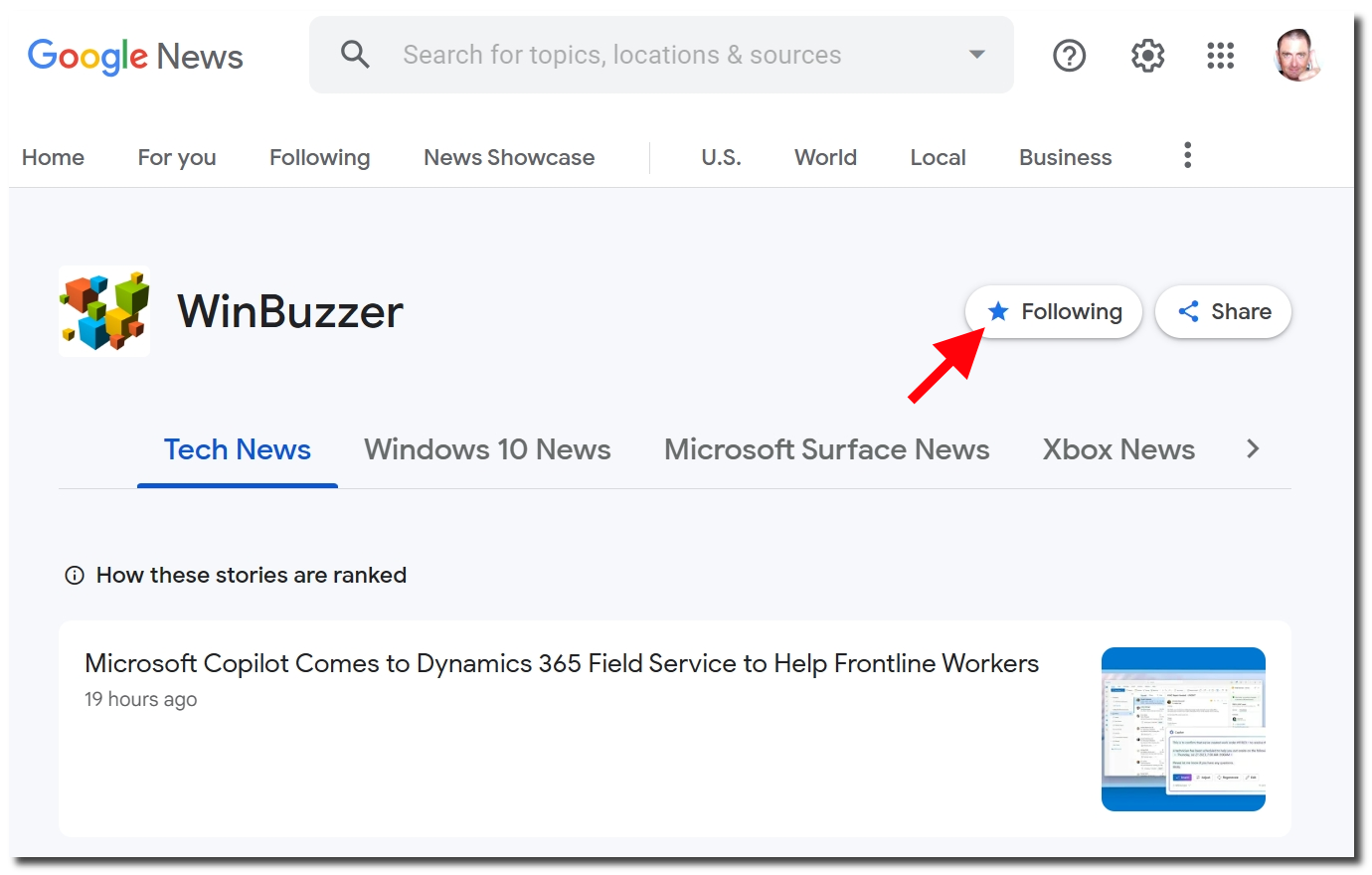Microsoft Server SQL is a dominant player in the on-premises database server market. Google has been able to compete with the service on the cloud, but not on premises. The company is hoping that will change with AlloyDB Omni, the new product introduced this week.
This is a new version of AlloyDB that is a downloadable variant that allows organizations to run database services on-premises, on the edge, or on the cloud. With AlloyDB Omni, users get high performance DB management, Google Cloud support, and compatibility with PostgreSQL.
“AlloyDB Omni is powered by the same engine that underlies the cloud-based AlloyDB service, which you can use to modernize your legacy databases in place, as part of your journey to the cloud. In our performance tests, AlloyDB Omni is more than 2x faster than standard PostgreSQL for transactional workloads, and delivers up to 100x faster analytical queries than standard PostgreSQL.
“AlloyDB Omni includes many of the core database engine innovations of the fully-managed AlloyDB service including improved transactional performance compared to standard PostgreSQL, accelerated analytical processing, automatic vacuum and memory management, and an index advisor that helps optimize frequently run queries.”
AlloyDB Omni leverage standard PostgreSQL drivers, which essentially means any existing PostgreSQL app will work on the service. Google points out this flexible support also extends to all PostgreSQL extensions and configurations.
Google says that the product is not ready for production yet. However, the company has a sign up form for users who want to register their interest in the upcoming preview of AlloyDB Omni.
Tip of the day: The Windows Sandbox gives Windows 10/11 Pro and Enterprise users a safe space to run suspicious apps without risk. In our tutorial we show you how to enable the Windows Sandbox feature.






